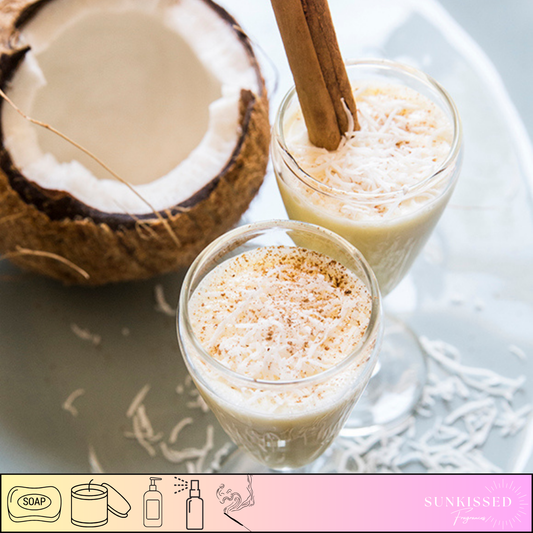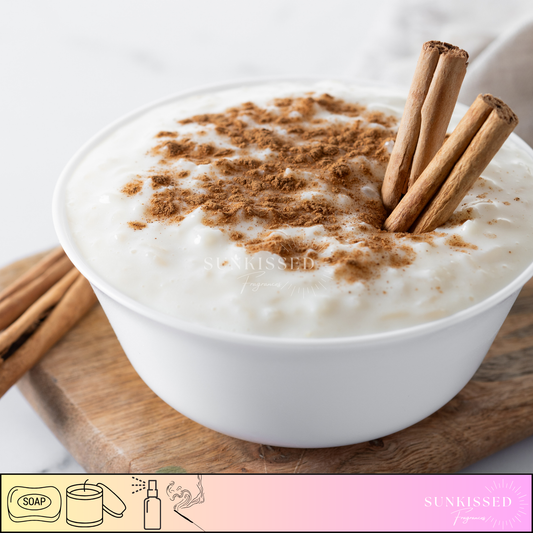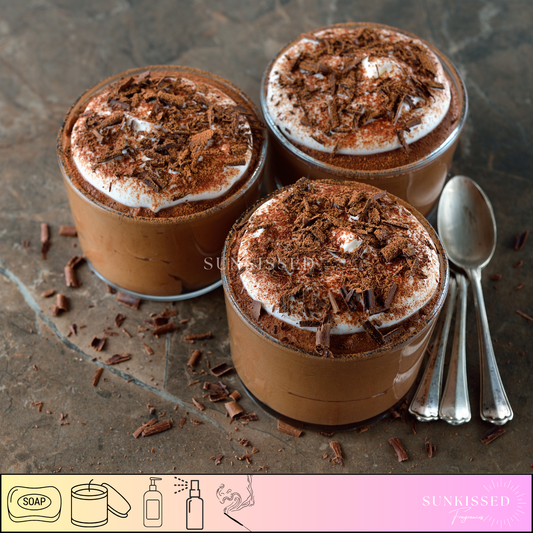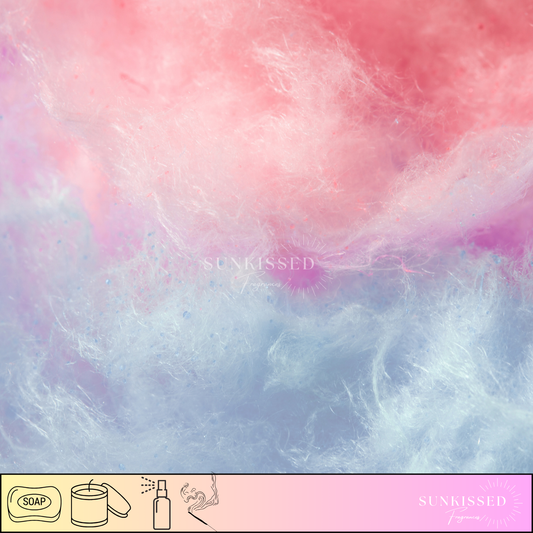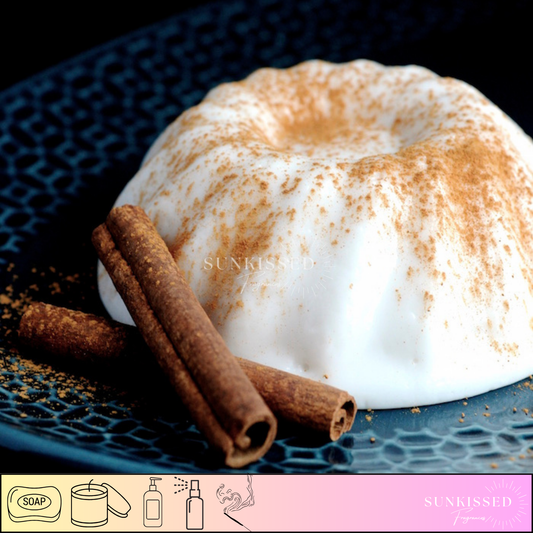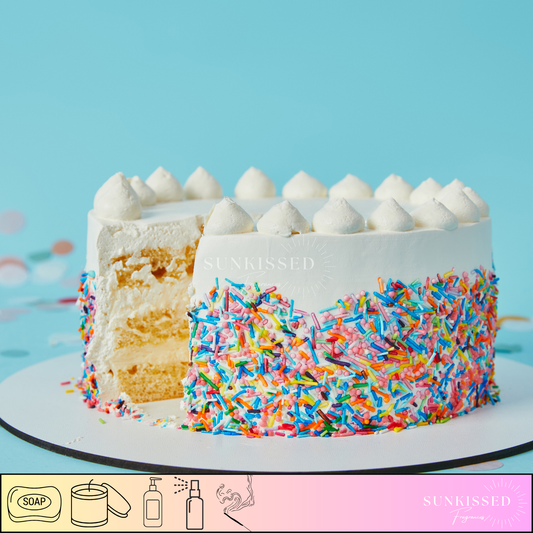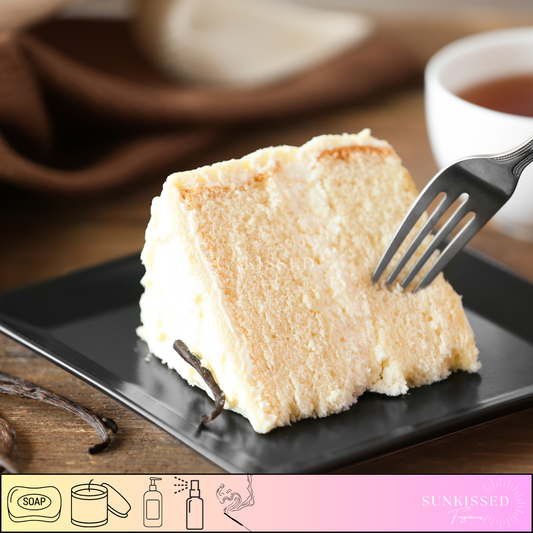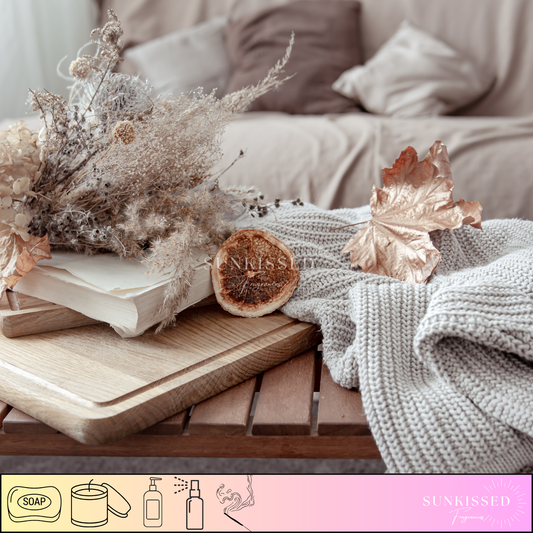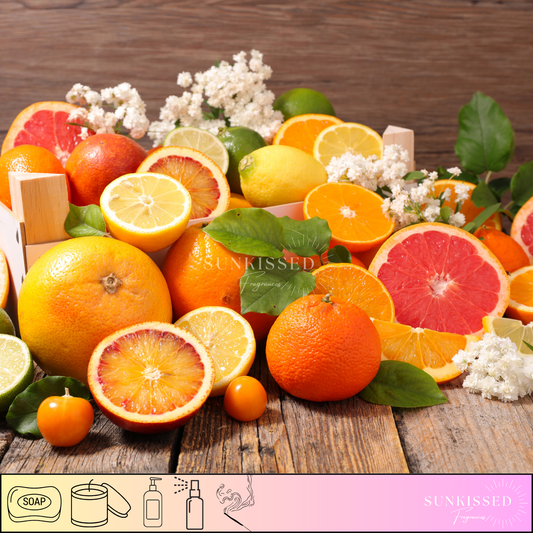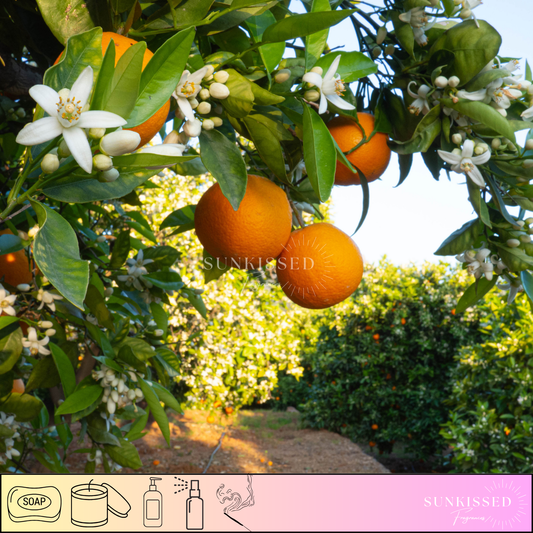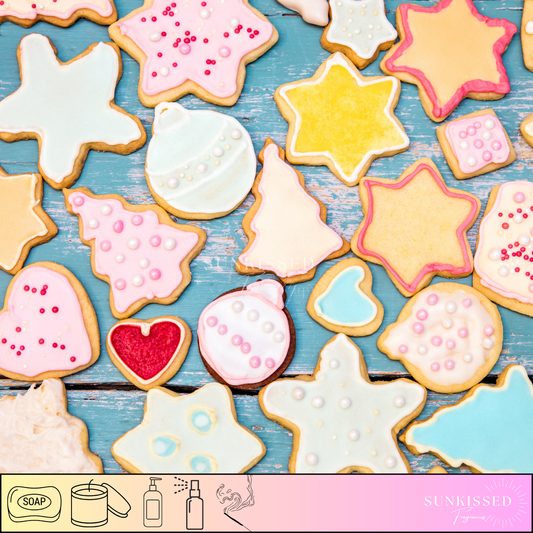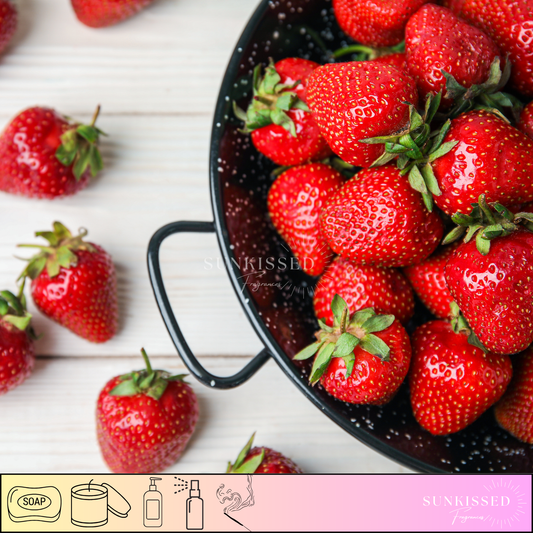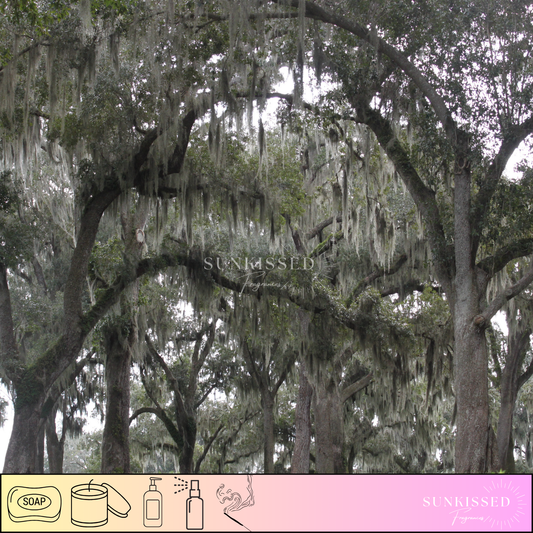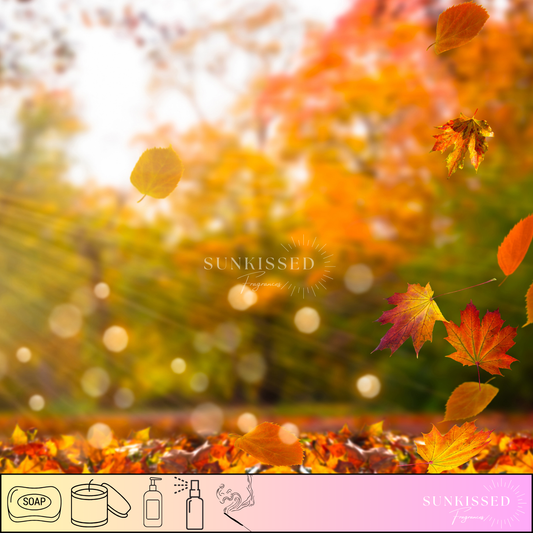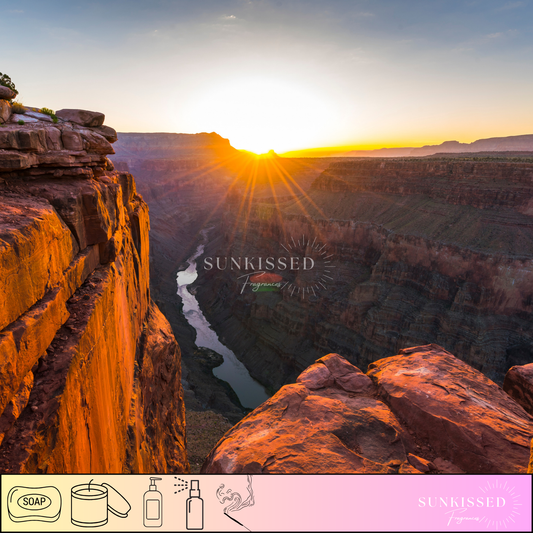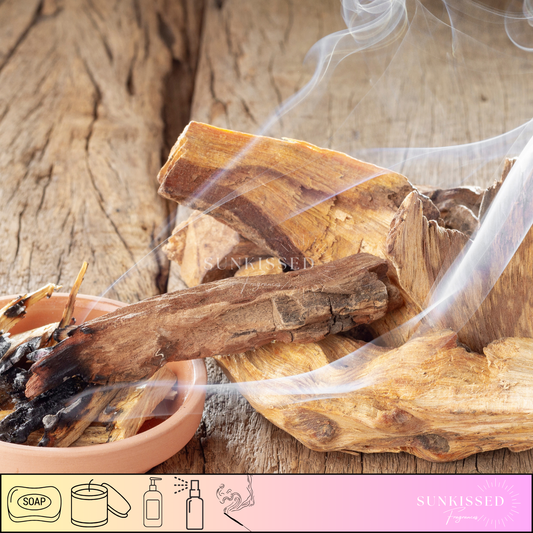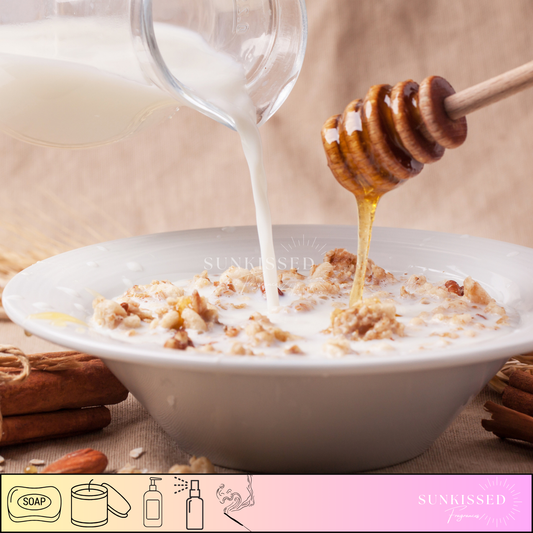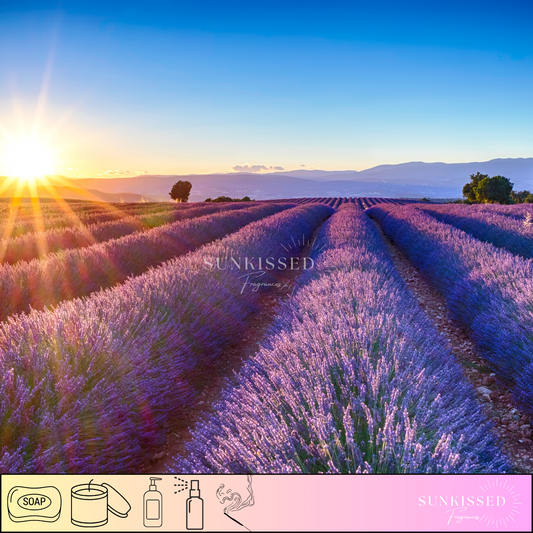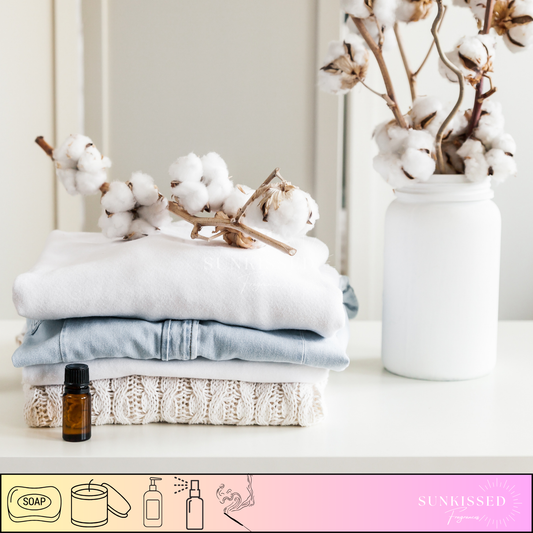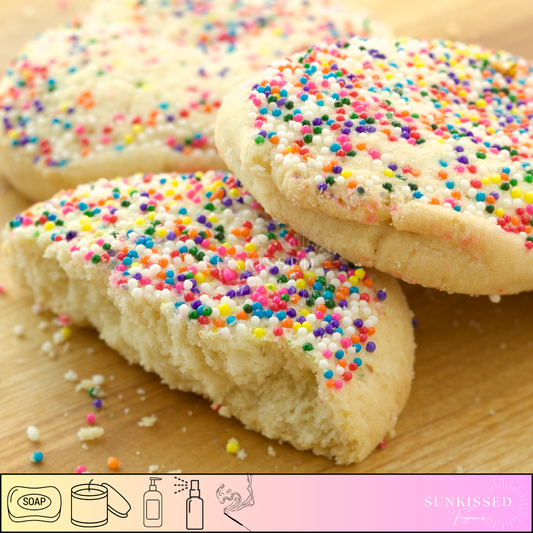
🧴 How to Help Customers Choose the Right Product for Their Needs
Estimated Read Time: 10–12 minutes
Helping your customers choose the right product isn’t just good service—it’s smart business. When you make it easier for someone to say “yes” to the product that’s actually right for them, you reduce returns, increase satisfaction, and build long-term loyalty.
If you sell handmade goods like candles, soaps, body care, or home fragrance, you’ve probably heard questions like:
- “Which scent should I get?”
- “Is this good for sensitive skin?”
- “What’s the difference between your sizes?”
- “Will this work for my space or routine?”
This blog will show you how to answer those questions before they’re even asked—and how to help your customers feel confident about buying.
We’ll cover:
- Why guidance matters (and how it affects conversion)
- How to build helpful product pages
- Visual and written tools that guide the buyer
- Smart use of scent, size, and use-case suggestions
- Real examples from handmade brands doing it right
- Tips for improving product selection through emails and social
💡 Why Product Guidance Builds Trust (and Sales)
According to a study by the Baymard Institute, product uncertainty is one of the top reasons online shoppers abandon their carts. When people don’t feel sure about what they’re buying, they freeze—or go elsewhere.
Helping customers choose the right product builds:
- Trust in your brand
- Confidence in the buying process
- Fewer questions and returns
- Higher customer satisfaction
- Repeat purchases from happy buyers
It’s not about hard selling—it’s about being helpful.
🛍 Step 1: Know What They’re Really Shopping For
Behind every purchase is a need, a want, or a problem your product solves. The more clearly you understand why someone is buying, the easier it is to help them pick the right option.
Ask yourself:
- What problem does this product solve?
- What’s the customer’s lifestyle or environment like?
- What questions do new customers always ask?
- What do past reviews say about how people used it?
Example: Someone buying a handmade candle might not just want a scent—they might want to feel relaxed after a stressful day. Someone buying a soap bar might not just want to get clean—they might need something gentle for sensitive skin.
📄 Step 2: Build Product Pages That Guide, Not Just List
Your product page is your best sales tool. Instead of just listing ingredients or features, think about how you can guide the customer toward the right choice.
Things to include:
- Sensory language: Help them imagine the experience
- Use-case examples: “Perfect for… mornings / gifting / travel”
- Comparison guidance: “Lighter than our whipped butter, richer than our lotion”
- Size info: “Fits in your palm,” “Lasts up to 40 hours,” “Great for starter sets”
- Customer quotes: Add real reviews that describe results
- Ingredient callouts: “No added fragrance,” “Safe for sensitive skin”
👀 Step 3: Use Visual Tools to Simplify Decisions
Not everyone reads descriptions—many shoppers skim or scan. Visual cues can make a huge difference in how quickly someone finds the right product.
Try adding:
- Comparison charts: Great for similar products (e.g. lotion vs. butter)
- Icons or badges: “Best for dry skin,” “Gift favorite,” “Great for small spaces”
- Photos of use: Show your soap next to a sink, your candles lit in different rooms
- Label callouts: Circle ingredients or features in your product images
👃 Step 4: Describe Scents, Textures, and Strength Clearly
For fragrance-based products, scent is one of the hardest things to shop for online—but also one of the most emotional triggers for buyers.
Scent language tips:
- Use scent families: fresh, floral, sweet, woody, clean, citrus, etc.
- Describe the intensity: “Soft and clean,” “Bold and lasting,” “Light and refreshing”
- Mention the vibe: “Great for cozy evenings,” “Bright and energizing,” “Spa-like and calm”
- Compare to familiar scents: “Smells like warm vanilla cookies,” “Reminiscent of summer citrus”
Texture tips (for body care, soaps, scrubs):
- “Whipped like frosting, melts on contact”
- “Light, non-greasy finish”
- “Mild exfoliation with a soft lather”
📬 Step 5: Extend Product Guidance to Other Channels
Your website is just one place customers discover and explore. Help them choose the right product across your other marketing touchpoints too.
In your email marketing:
- Create product comparison emails: “Which product is right for you?”
- Use customer reviews or testimonials
- Build bundles for specific needs (e.g. “sensitive skin trio” or “starter scent set”)
- Add product spotlight sections in welcome flows
On social media:
- Share behind-the-scenes making of different product types
- Do story polls: “Do you prefer soft or bold scents?”
- Post “This or That” comparisons with product benefits
- Answer FAQs in carousel or reel formats
- Share customer favorites with use-case captions
🧴 Real-World Examples
Body Care Brand
- Problem: Customers unsure which formula to buy (lotion, butter, oil)
-
Solution: Used a chart:
- Lotion = daily moisture, fast absorb
- Butter = rich hydration, overnight repair
- Oil = lightweight glow, great for layering - Result: Higher conversions and fewer “which one is right?” emails
Candle Maker
- Problem: Customers didn’t know how strong the scent was or what size was right for their space
-
Solution: Added this to every product page:
“Best for small bedrooms or bathrooms. Medium scent strength.”
“Burns 35–40 hours. Jar is 3.5" tall.” - Result: Fewer cart abandonments and more 5-star reviews
📈 Track What Works and Adjust
Not sure where your customers are getting stuck? Look at:
- Questions asked in your DMs, emails, and reviews
- Best-selling product formats or sizes
- Your conversion rate by product page
- Bounce rate on comparison pages
- How customers describe your products (look at review language!)
Then use that info to tweak your descriptions, images, and messaging.
✅ Final Thoughts
Helping your customers choose the right product is more than just a nice gesture—it’s a growth strategy. When people feel understood, they buy more confidently. They come back. And they tell their friends.
So whether you’re selling fragrance oils, candles, soaps, or body care…
- Give people a reason to feel confident
- Guide them clearly without overwhelming
- Offer product education in your voice and style
- Test what works—and keep improving
Every bit of clarity you add makes your product pages work harder and your brand feel more trustworthy.
📌 Tags:
Customer Buying Experience Product Education for Makers Helping Customers Choose Shopify Product Strategy Handmade Product Tips
📣 Disclaimer:
This blog post is for educational and informational purposes only. It is based on our experience running a business and is not intended to provide legal, financial, tax, or professional advice. Always do your own due diligence and consult with a qualified professional before making business decisions related to coaching, consulting, or strategic planning.

